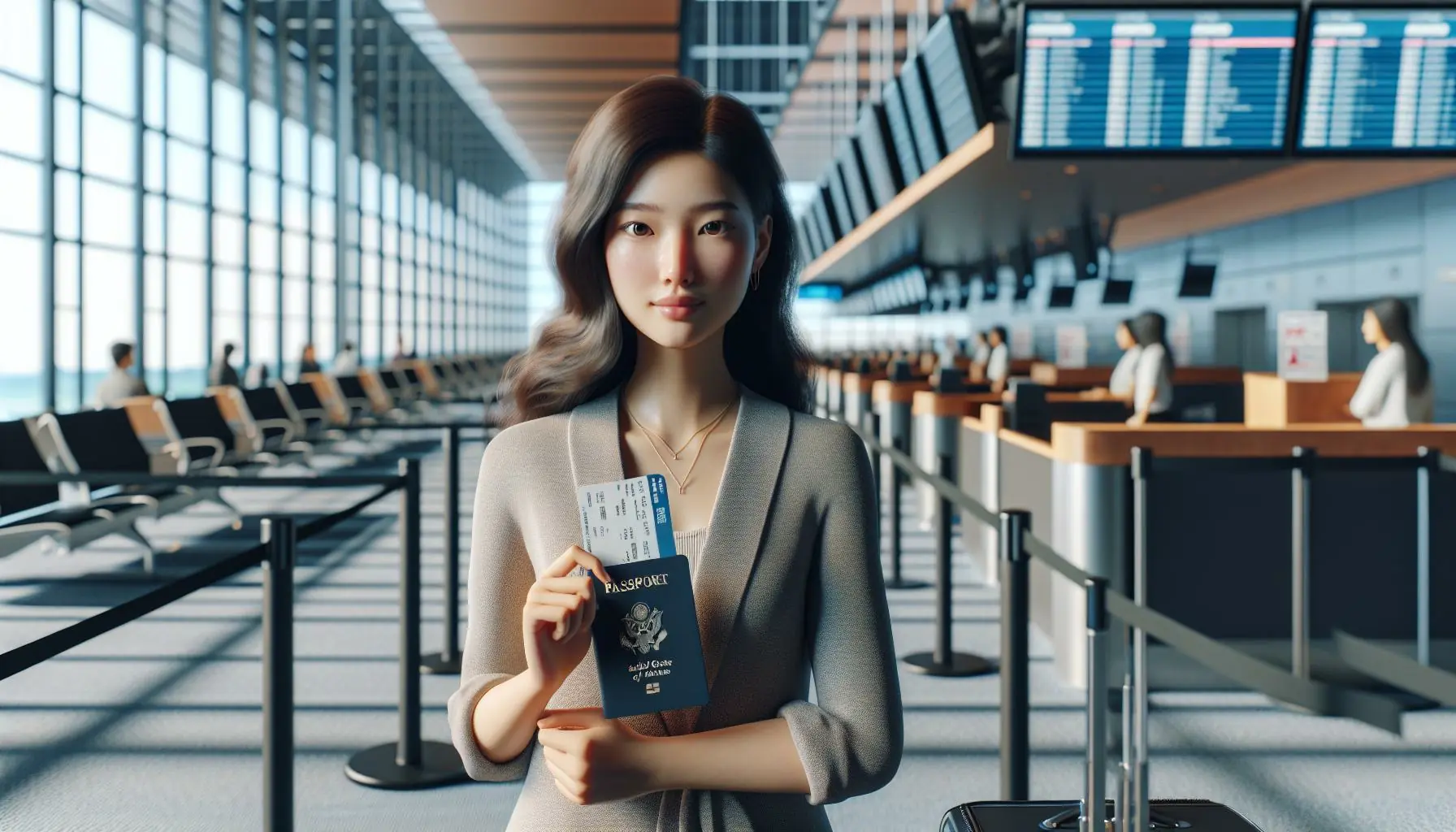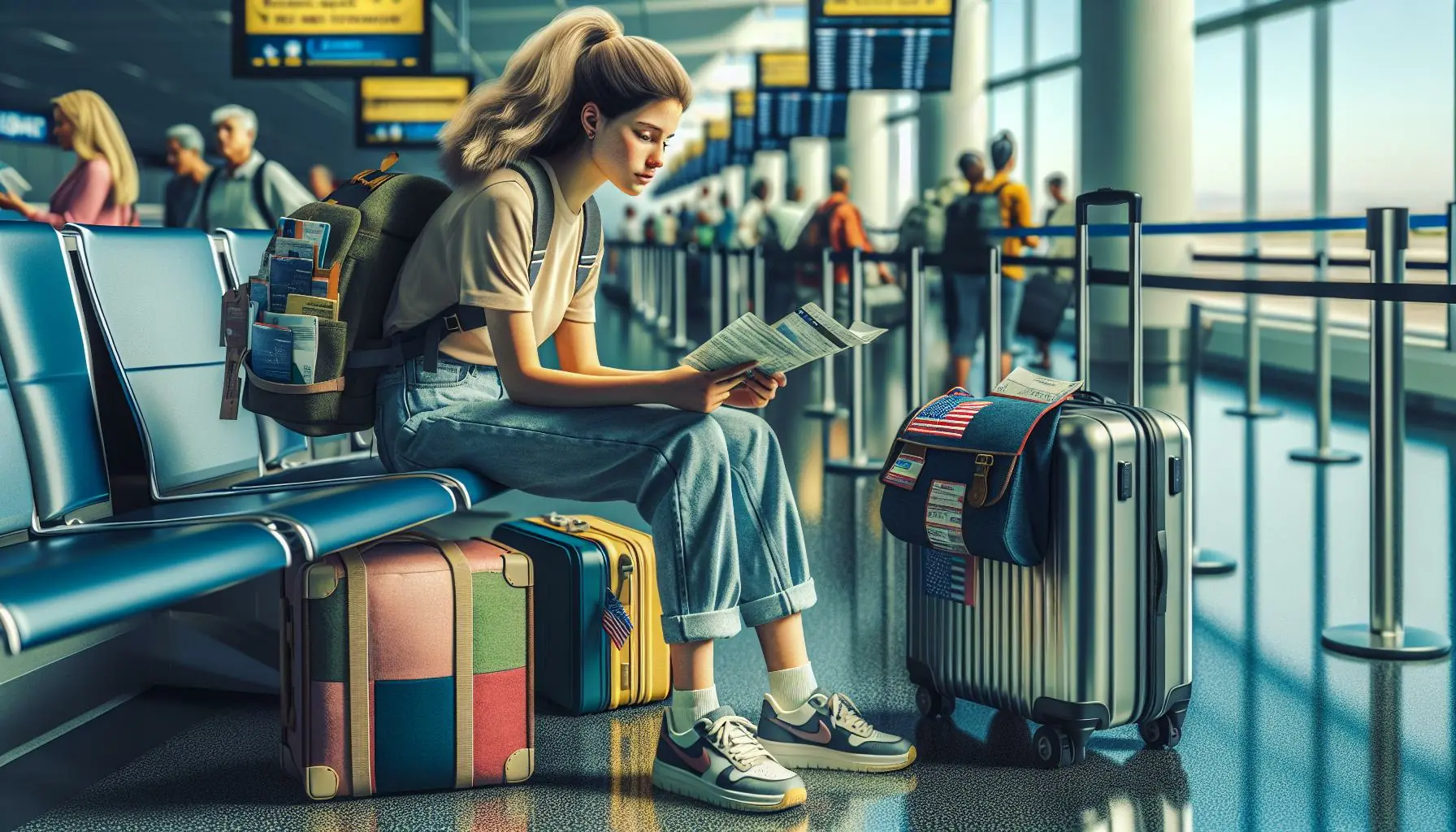Table of Contents
TogglePacking for air travel doesn’t have to feel like solving a Rubik’s cube blindfolded. Whether you’re a seasoned globetrotter or a first-time flyer navigating through the maze of airline regulations can make anyone’s head spin. But fear not – mastering the art of efficient packing isn’t rocket science.
From avoiding those dreaded overweight baggage fees to ensuring your favorite shampoo doesn’t explode mid-flight all over your best outfit there’s a method to the madness. Today’s savvy travelers know that smart packing isn’t just about cramming everything into a suitcase – it’s about making strategic choices that’ll make the journey smoother and less stressful.
Understanding Airline Baggage Regulations
Airlines enforce specific baggage regulations to ensure safe aircraft operation and efficient handling of passenger luggage. Each carrier maintains distinct policies regarding size dimensions weight limits for both carry-on items and checked bags.
Carry-On Size Restrictions
Most U.S. airlines limit carry-on bags to 22 x 14 x 9 inches (56 x 35 x 23 cm), including handles and wheels. Personal items like purses, laptop bags or small backpacks must fit under the seat with dimensions of 18 x 14 x 8 inches (45 x 35 x 20 cm). Airlines enforce these restrictions at security checkpoints and boarding gates using metal sizers.
| Item Type | Maximum Dimensions | Common Examples |
|---|---|---|
| Carry-on | 22 x 14 x 9 in | Rolling suitcase, duffel bag |
| Personal item | 18 x 14 x 8 in | Purse, laptop bag, backpack |
Checked Baggage Weight Limits
Standard weight allowances for checked bags on domestic flights range from 50-70 pounds (23-32 kg) per piece. International flights often permit up to 70 pounds (32 kg) per bag. Overweight fees apply for bags exceeding these limits, typically starting at $100 per bag.
| Airline Type | Weight Limit | Overweight Fee Range |
|---|---|---|
| Domestic | 50 lbs (23 kg) | $100-150 |
| International | 70 lbs (32 kg) | $100-200 |
Essential Travel Documents and Valuables

Organizing travel documents and valuables requires a systematic approach to ensure easy access during the journey while maintaining security. These items form the foundation of a smooth travel experience through airports and border controls.
Important Papers to Pack
A complete set of travel documents includes a valid passport with at least 6 months validity remaining plus photocopies stored separately from originals. Travelers need boarding passes flight itineraries hotel reservations rental car confirmations travel insurance policies printed visas depending on destinations. International travelers must pack vaccination records health insurance cards prescriptions with original labels. Essential identification includes driver’s licenses student IDs work permits residence cards based on travel purpose. Storing digital copies in a password-protected cloud service or encrypted email draft provides backup access.
Securing Valuable Items
Valuable items stay safest in carry-on bags within reach during the entire journey. A TSA-approved laptop bag protects electronics while meeting security requirements for screening. Small valuables fit inside a compact travel wallet worn close to the body. Hotel safe deposit boxes store excess cash jewelry important documents upon arrival. Travel insurance covers loss or theft of valuable items when properly documented with photos receipts serial numbers. Credit card companies require advance travel notifications to prevent card freezes in foreign locations. Money exchanges into local currency work best at banks ATMs rather than airport kiosks.
Smart Clothing Selection

Efficient clothing selection maximizes suitcase space while ensuring travelers have appropriate attire for their destination. Creating a versatile wardrobe with mix-and-match pieces reduces the number of items needed for any trip.
Layering Strategies
The layering technique combines lightweight clothing pieces to create multiple outfits for varying temperatures. A base layer includes moisture-wicking items like cotton t-shirts or tank tops. Mid-layers consist of light sweaters or long-sleeve shirts that provide warmth without bulk. Outer layers incorporate packable jackets or cardigans for weather protection. This system creates 9 distinct outfits from just 3 pieces per layer. Neutral colors enhance versatility, allowing travelers to mix core pieces like black pants or navy shirts with colorful accessories. Select fabrics that complement each other in weight and texture for seamless combinations.
Wrinkle-Free Packing Methods
Rolling clothes prevents deep creases and maximizes suitcase space. Start by laying garments flat and smooth out any wrinkles before rolling tightly from end to end. Bundle wrapping protects delicate items by wrapping them around a core of softer clothing. Pack knit fabrics and synthetic blends that resist wrinkling, such as polyester or nylon. Use plastic dry-cleaning bags between layers of clothing to reduce friction. Pack heavier items like jeans at the bottom of the suitcase and lighter items on top. Store dress shirts in compression bags to maintain their shape and minimize wrinkles during transit.
Must-Have Travel Accessories
Essential travel accessories enhance comfort and convenience during air travel while complying with airline regulations. Strategic selection of these items maximizes limited carry-on space and improves the overall flight experience.
Electronics and Chargers
Modern air travel requires specific electronic accessories to stay connected and powered. A universal power adapter supports charging in multiple countries with voltage ranges from 100V to 240V. Portable power banks with 10,000mAh capacity provide 2-3 full phone charges during long flights. Essential charging cables include:
- USB-C cables for modern smartphones and tablets
- Lightning cables for Apple devices
- Micro-USB cables for older devices
- Dual-port wall chargers with surge protection
- Bluetooth earbuds with noise cancellation features
- Compression socks rated 15-20 mmHg for circulation
- Eye masks with contoured cups for unrestricted blinking
- Noise-canceling headphones with 20+ hour battery life
- Foldable footrest that attaches to tray tables
- Travel blanket made from micro-fleece (40 x 60 inches)
- Reusable water bottle with 20-24 oz capacity
- TSA-approved toiletry kit with 3.4 oz containers
Toiletries and Medications
Proper packing of toiletries and medications requires careful attention to airline regulations and security requirements. The Transportation Security Administration (TSA) enforces specific rules for carrying liquids through security checkpoints.
TSA-Approved Containers
TSA regulations limit liquid containers to 3.4 ounces (100 milliliters) or less per item in carry-on bags. These items fit inside one clear, quart-sized plastic bag with a zip-top closure. Each passenger receives one plastic bag allowance through security. Medications, baby formula, breast milk remain exempt from these liquid restrictions when declared at security checkpoints. Larger quantities of liquids, aerosols, gels go in checked baggage. TSA officers screen all medication containers through X-ray machines but accommodate requests for visual inspection of medicines.
Creating a Travel-Sized Kit
Travel-sized toiletries save space while meeting TSA requirements. A basic kit includes:
- Toothbrush with travel cover
- Travel toothpaste (3.4 oz or less)
- Facial cleanser in travel container
- Moisturizer with SPF protection
- Deodorant stick or roll-on
- Shampoo and conditioner pods
- Hand sanitizer (3.4 oz or less)
- Essential medications in original containers
- Bandages and antibiotic ointment
Transferring products into travel containers cuts weight. Clear toiletry bags display contents for quick security screening. Prescription medications stay in original labeled bottles for verification.
Space-Saving Packing Techniques
Maximizing suitcase space requires strategic packing methods that optimize every inch of available room. These techniques focus on efficient organization while protecting clothing from wrinkles.
Rolling vs. Folding
Rolling clothes creates compact cylinders that fit together efficiently, saving up to 30% more space compared to traditional folding. T-shirts, pants, sweaters roll easily into tight bundles that slot neatly side by side. Folding works better for structured items like blazers, dress shirts, suits to maintain their shape. A hybrid approach combines both methods – rolling casual clothes while folding formal wear. This technique reduces wrinkles in casual items while preserving crisp lines in business attire.
Using Packing Cubes
Packing cubes compartmentalize luggage space into organized sections based on clothing type or outfit category. Small cubes (7×5 inches) hold underwear socks accessories. Medium cubes (10×7 inches) contain rolled shirts pants shorts. Large cubes (14×10 inches) store bulky items like sweaters jackets coats. Color-coded cubes separate clean clothes from dirty laundry during trips. Compression cubes with extra zippers squeeze air out to reduce volume by up to 60%. Clear-sided cubes allow quick identification of contents without unpacking.
Efficient air travel packing boils down to smart planning and organization. By following airline regulations understanding baggage limits and implementing space-saving techniques travelers can create a stress-free packing experience.
The key to successful packing lies in selecting versatile clothing strategic organization of essentials and proper handling of valuables and documents. With the right combination of packing methods and travel accessories anyone can master the art of efficient travel preparation.
Armed with these packing strategies travelers can focus on what truly matters: enjoying their journey and destination rather than worrying about their luggage.




